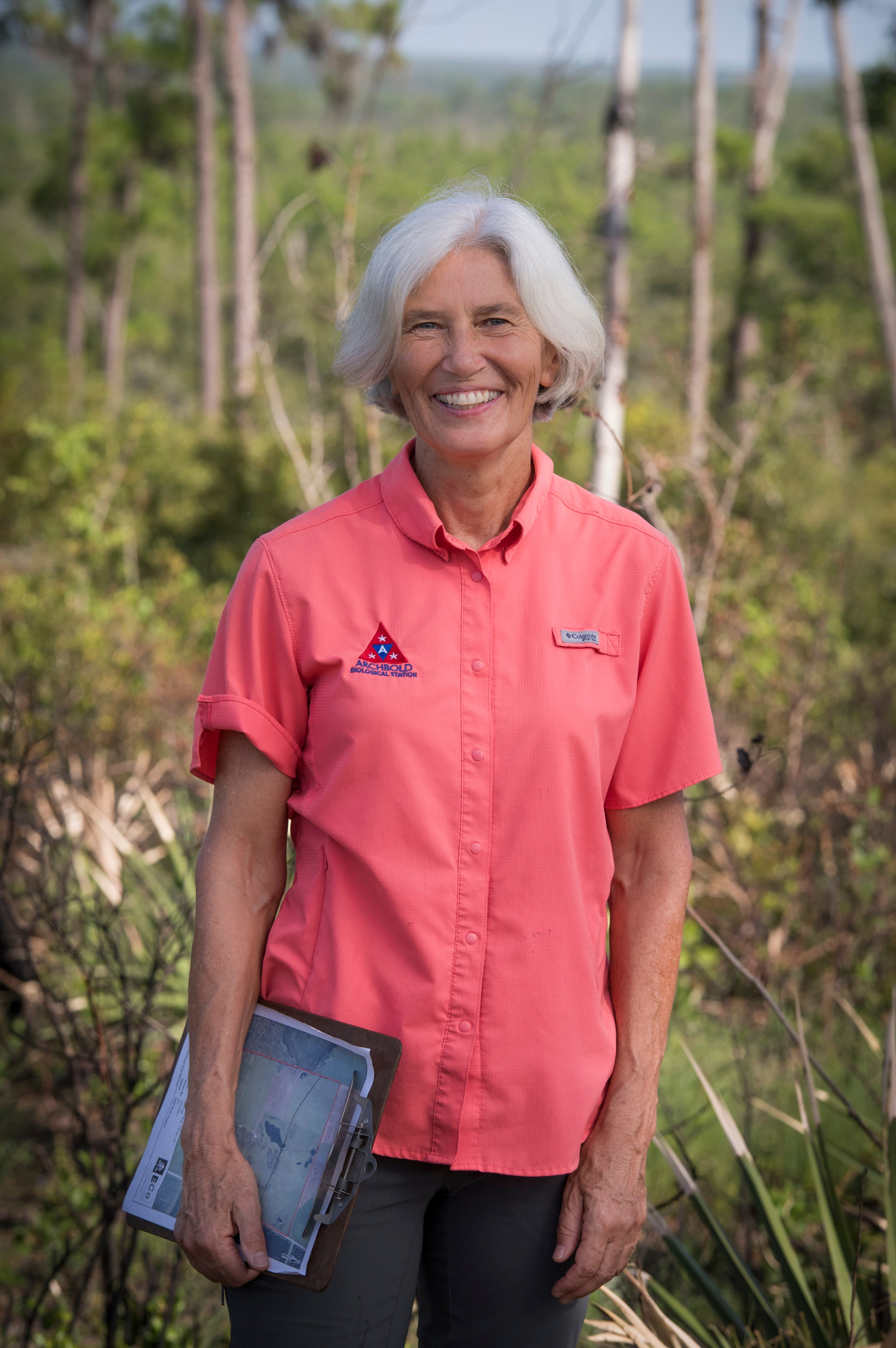.jpg&w=3840&q=75) Photo by: Dustin Angell
Photo by: Dustin AngellPalaeoecology
Sediment cores representing the last 40,000 years give insight into climate change and recent land use trends.
The lake's unusually deep sediments preserve pollen, aquatic organisms, charcoal, and other markers of the lake's history. A 38-foot deep core collected by Bill Watts, containing a 40,000 year pollen record, showed how vegetation shifted before and after the last glaciation. Another 14,000 year core (Eric Grimm) gave further insights on lake, atmospheric, and landscape changes. A shorter, 500-year core showed how the digging of a ditch in 1930 enabled surface water to flow into the lake, changing water color and plankton.
Major Findings & Impact
Few lakes in the eastern US are as old as Lake Annie, so the 40,000-year record provides rare insight into climate variability and change. During the last glacial maximum (28,000 year ago), the lake was surrounded by dry rosemary scrub dune habitat that transitioned to a scrub oak forest after glacial retreat (ca. 12,000 years ago) where pine eventually became abundant after 4,700 years. The lake is highly responsive to climate variability - lake responses to rainfall variability were exacerbated by ditches dug in the 1930s.
Project Details
More about this project
Primary Location(s)
Archbold Biological Station
Years Active
1975 - Present
Data and Analysis Types
Radiometric chronologies, counts of pollen, diatoms, and other organisms, total nutrient and stable isotope records, modern spatial calibration data. Diatoms, geochemistry, and chronology core data from the 1994, 2007, and 2019 cores in NEOTOMA.
Related People
Related Programs
Featured Publications
"Integration of long-term monitoring and paleoecological data showed changing climate and land use activity are altering Lake Annie. The lake experiences climate-driven oscillations in transparency (browning) associated with watershed inputs of dissolved organic carbon. A ~500 year sediment core measuring shifts in diatoms showed that localized ditching in the 1930s intensified this cyclical browning thereafter, enhancing climate oscillation effects on water transparency."
.webp&w=3840&q=75)
Changes in the diatom community and transparency started when the railroad ditch was connected in 1930 (Figure from Boeck et al 2023)



.jpg&w=3840&q=75)


.png&w=3840&q=75)

